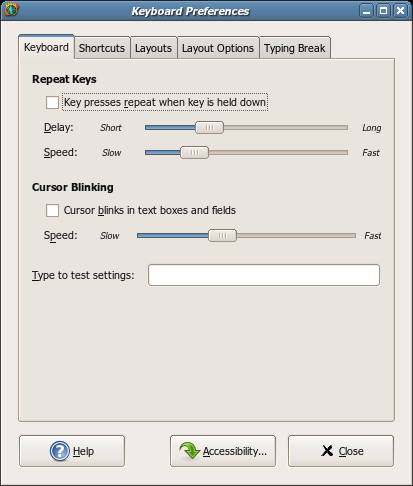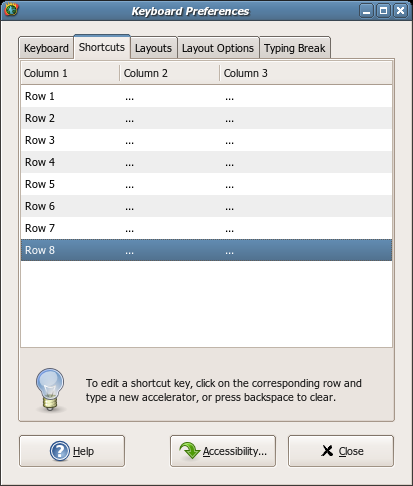A quick summary from Guademy this past weekend:
- It’s been great to know more KDE people in Spain, since we (GNOME Spanish crowd) did just know, very well on the other hand, Antonio Larrosa, who now will not have to stand with 10s of GNOME hackers all the time and shout GNOME!! with them 🙂 All of them were great guys, and some just came recently into the KDE project thanks to Google’s summer of code. But this does not prevent them from being very passionate guys, like Rafael Fernández, with very good ideas.
- Ismael Olea has cut his hair!!!! It took me a few seconds to recognize him. But as always, it is a pleasure to listen to his crazy ideas, some of which, if I’ve understood them correctly (Ismael is on a higher level than us mere mortals 🙂 are quite interesting for free software.
- We need a much better Free desktop platform!! (more on this later…)
A big special thanks go to the organizers, who have done a great job, with details that only people from Galicia can have, like having all day a table with fruits, coffee, juices, organizing a great dinner, with typical Galician food and drinks (queimada, which is now an official part of everything organized in Galicia). I hope they have time enough to rest, because it has been an exhausting work for them.

